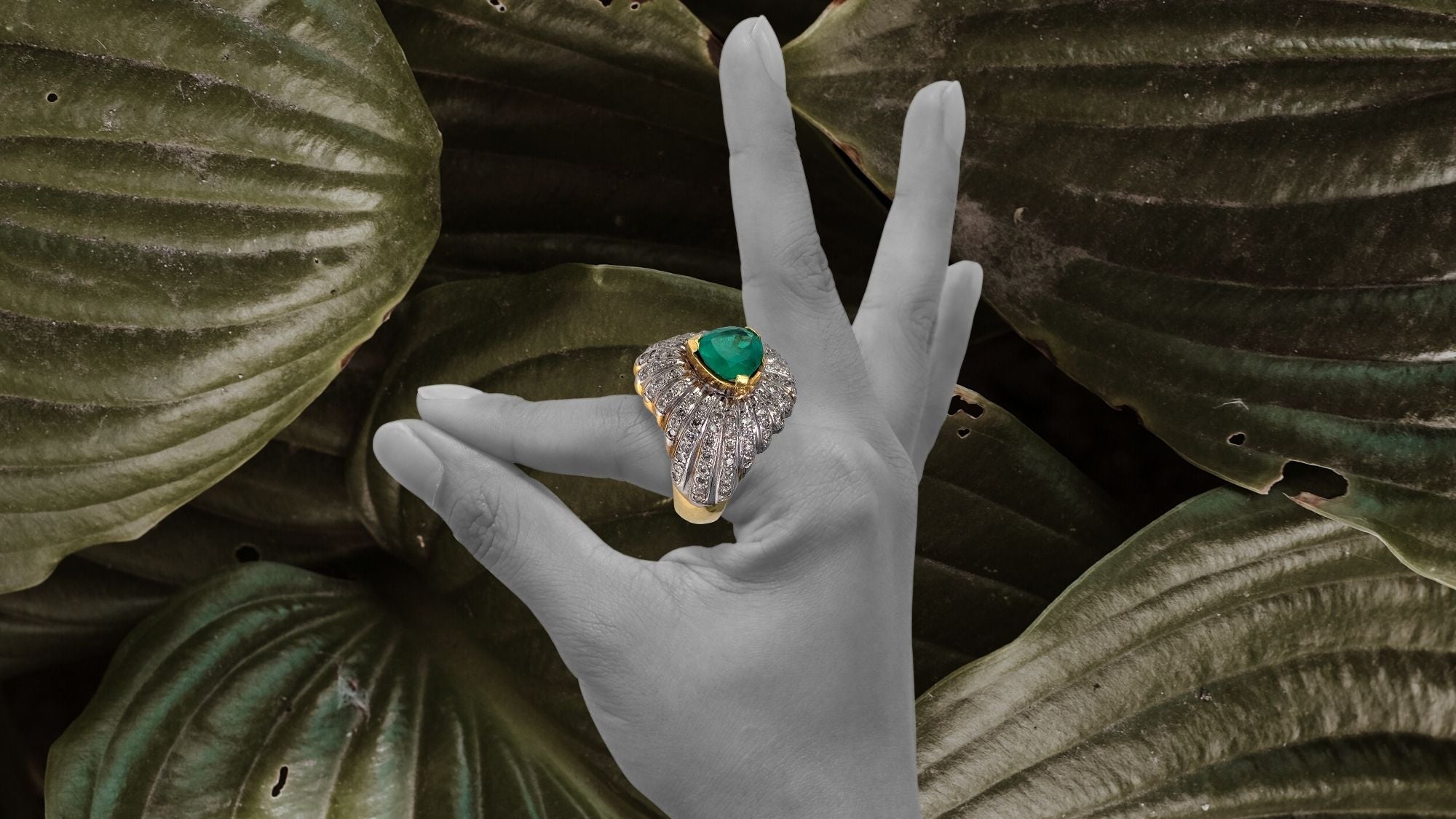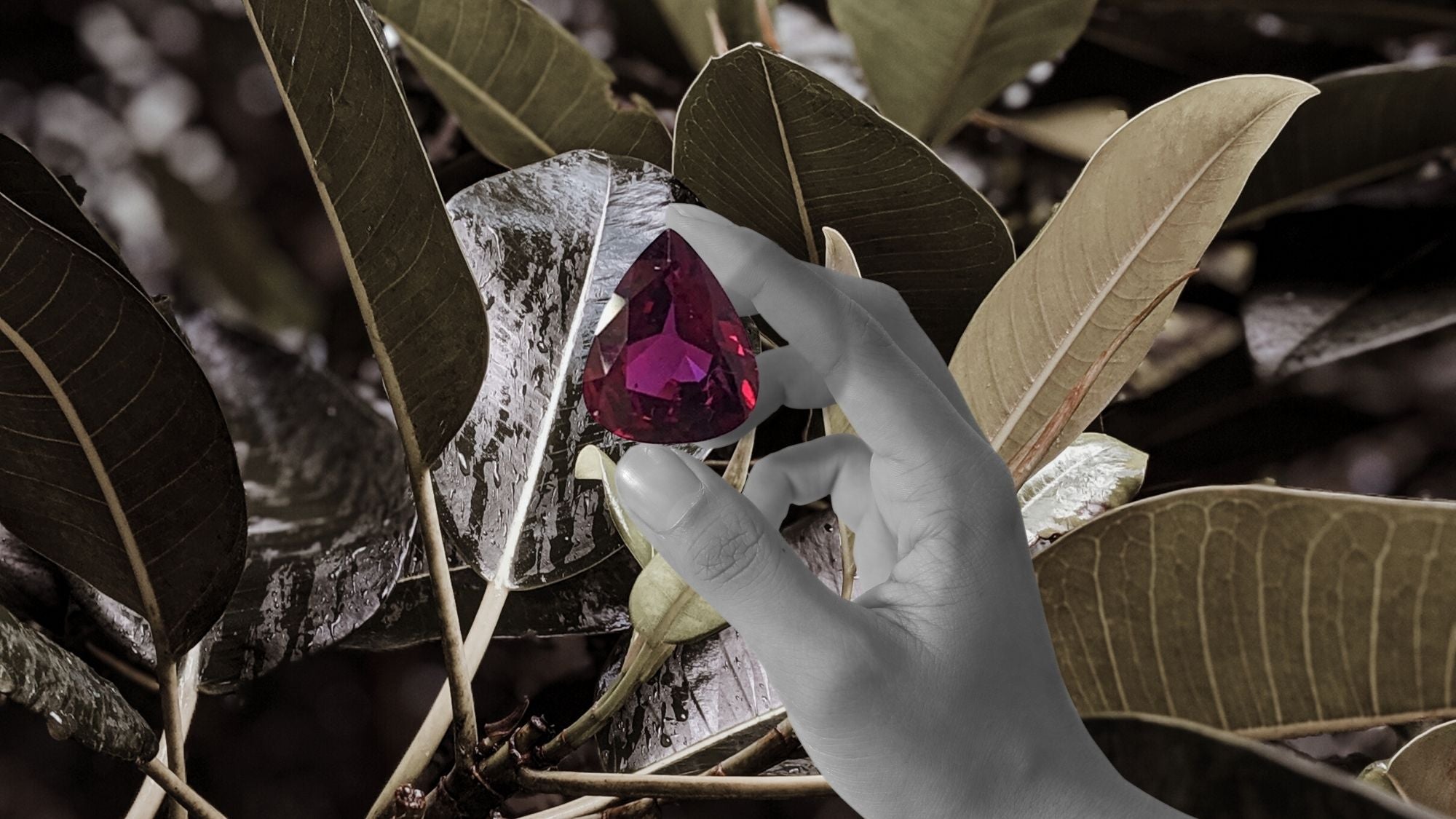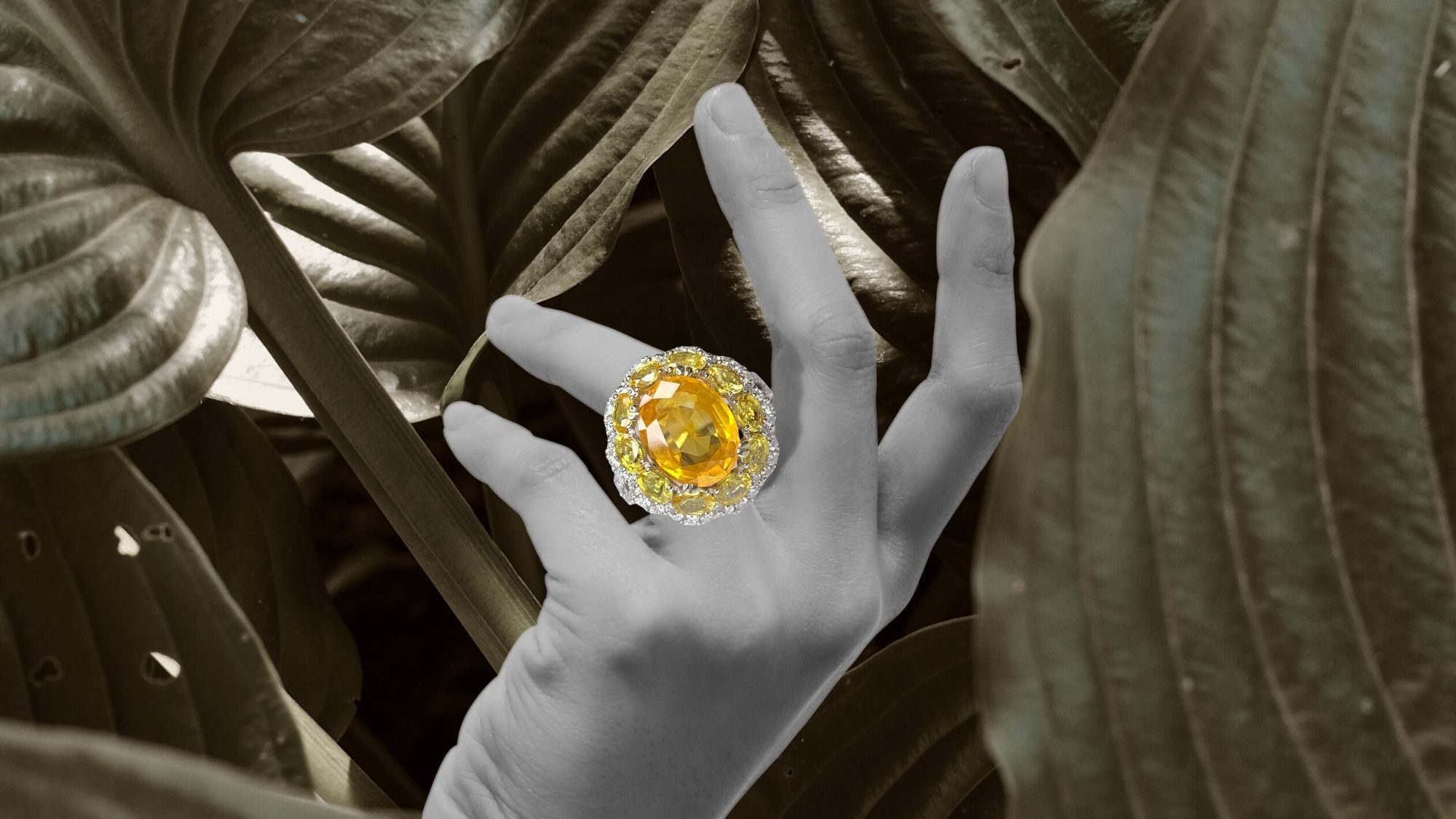Gemstones have always been valued for their beauty, scarcity, and symbolism. From brilliant diamonds to vibrant rubies and emeralds, the world of gemstones is a fascinating one that has mesmerized the hearts and minds of artists, collectors, and enthusiasts. In this article, we will explore the art and science of gemstones in jewelry-making, delving into the distinctive properties of these stones and how they are used to create stunning jewelry.
The Fascinating World of Gemstones
Gemstones are a wonder of nature that have captivated people's attention for thousands of years. From their mesmerizing beauty to symbolic meanings, they have occupied an important place in many cultures throughout history.
The world of gemstones is vast and diverse in its colors, shapes, and sizes. Some of the most popular gemstones include diamonds, rubies, sapphires, and emeralds. Each stone has its unique properties and characteristics, such as hardness, color, and clarity, which make them valuable and sought after.
In addition to their properties, gemstones are imbued with symbolic meanings. For example, diamonds are associated with love and commitment, while emeralds are seen as a symbol of power and eloquence. The significance of these stones has made them popular in various forms of jewelry throughout history.
The Science Behind Gemstones

Gemstones are not only appreciated for their stunning beauty, but they also hold a wealth of scientific information that can reveal the secrets of the earth's geological history. These precious stones are formed by natural processes over millions of years, giving them unique physical and chemical properties.
The study of gemstones is a branch of mineralogy concerned with the identification and characterization of minerals. Gems are classified based on their chemical composition, crystal structure, and physical properties such as hardness, color, and transparency.
One of the key factors that determine gemstone value is clarity. Gemstones with fewer inclusions or flaws are more valuable because they allow light to pass through the stone unobstructed, creating a more brilliant and beautiful appearance. The clarity of a gemstone can also provide clues about the conditions under which it was formed.
Gemstones are typically formed deep within the earth's mantle under extreme heat and pressure. The chemical composition and mineral structure of the earth's mantle play a crucial role in determining the types of gemstones. Some gems, like diamonds, are formed under high pressure and temperature conditions only found deep within the earth's mantle.
Other gemstones, like emeralds and sapphires, are formed in specific geological environments where certain minerals and elements are present. For example, emeralds are formed when beryllium and aluminum-rich minerals are exposed to hot fluids and pressure, while sapphires are formed from the mineral corundum in specific geological settings.
The Art of Jewelry-Making

Jewelry-making is an ancient art that has been practiced for thousands of years, with each culture and era bringing its unique styles and techniques to the craft. From the intricate beadwork of ancient Egyptians to the delicate filigree of the Renaissance, jewelry-making has evolved and adapted to the changing aesthetics and technologies of the times.
Jewelry-making involves a variety of processes, including design, casting, soldering, setting, and polishing. A jewelry designer will often begin by sketching out ideas for a piece, considering the type of gemstones and metals that will be used. The designer will then create a model of the piece, which may be made out of wax or other materials.
Once the design is finalized, the jewelry-making process can begin. Metals such as gold, silver, and platinum are often used to create the base of the piece, with gemstones and other materials added for decoration. Techniques like soldering and casting are used to shape and join the metals while setting and polishing are used to add the finishing touches.
Gemstones play an important role in the art of jewelry-making, providing a source of inspiration and a stunning visual element to the piece. The choice of gemstones can influence the overall design of the jewelry, with each stone adding its unique color, texture, and meaning. For example, a ruby may be chosen for its vibrant red color and association with passion and love, while an emerald may be chosen for its rich green color and association with nature and renewal.
Jewelry-making is not only an art form, but it also involves a deep knowledge of materials and techniques. Skilled jewelers must have a thorough understanding of metallurgy, gemology, and design principles to create pieces that are both beautiful and durable. The art of jewelry-making continues to evolve and inspire new generations of artists and enthusiasts, making it a timeless and fascinating craft.
Choosing the Right Gemstone for Jewelry

Choosing the right gemstone for a piece of jewelry is an important decision that can impact the overall look and meaning of the finished piece.
One of the most important considerations when choosing a gemstone is its color. Different gemstones come in different colors, from the deep blue of sapphires to the fiery red of rubies. The color of a gem can influence the mood and meaning of the piece, with some colors associated with specific emotions or qualities. For example, a blue gemstone may be associated with calmness and tranquility, while a red stone may symbolize passion and energy.
Clarity is another factor to consider when selecting a gemstone. The clarity of a gem refers to the degree to which it is free from internal or external flaws. Flaws can affect the beauty and value of a gemstone, so it makes sense to choose stones that are as clear as possible. For example, some gems, such as diamonds, are valued for their clarity and lack of inclusions or blemishes
The hardness of a gemstone is also a consideration, particularly if the jewelry will be worn regularly. Harder gemstones, such as diamonds and sapphires, are more durable and less likely to scratch or chip over time. Softer gemstones, such as opals and pearls, may be more delicate and require more care.
Finally, the rarity of a gemstone can impact its value and desirability. Some stones, such as diamonds and emeralds, are relatively rare and, therefore, more valuable. Other gems, such as amethysts and topaz, are more common and less expensive as a result.
In addition to these factors, personal preference and the intended meaning of the piece should also be taken into account when choosing a gemstone for jewelry. Whether it is a birthstone, a symbol of love, or simply a favorite color, the right gem can add a special touch of beauty and meaning to a piece of jewelry.
Whether you are looking to add a touch of luxury or elegance to your jewelry collection, check out our stunning selection of emeralds, rubies, and sapphires. The Treasure Trove collection features an array of loose precious gemstones, from deep red rubies to bright blue sapphires. Don't settle for anything less than the best – trust us to provide you with the finest quality gemstones for your jewelry needs.



